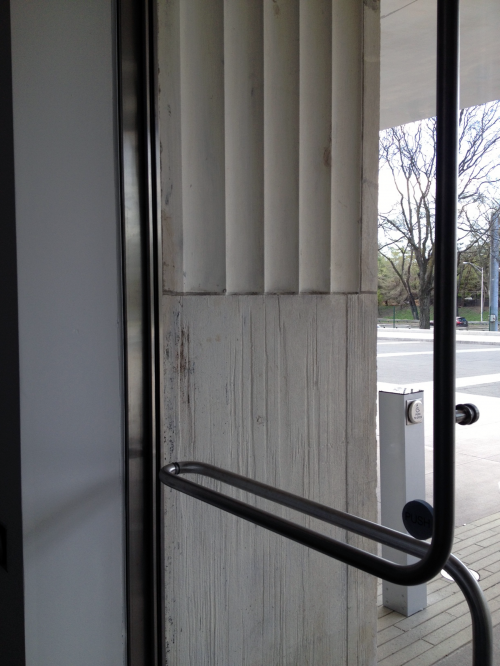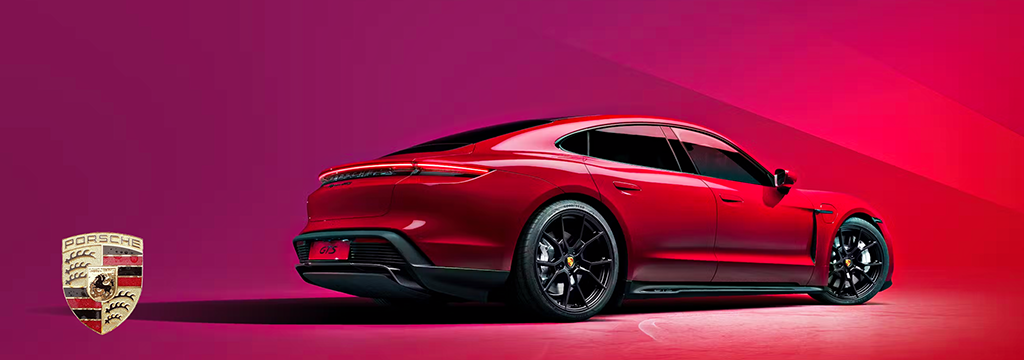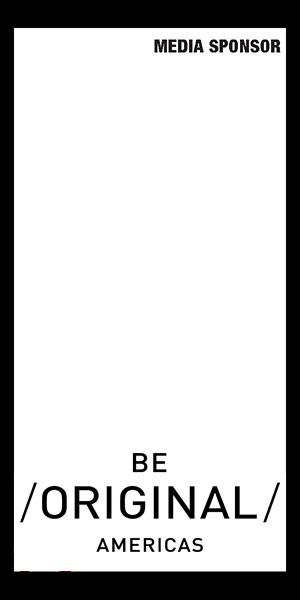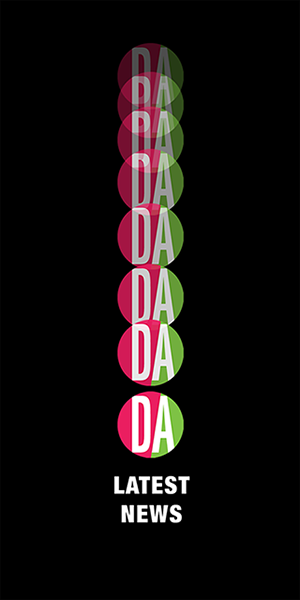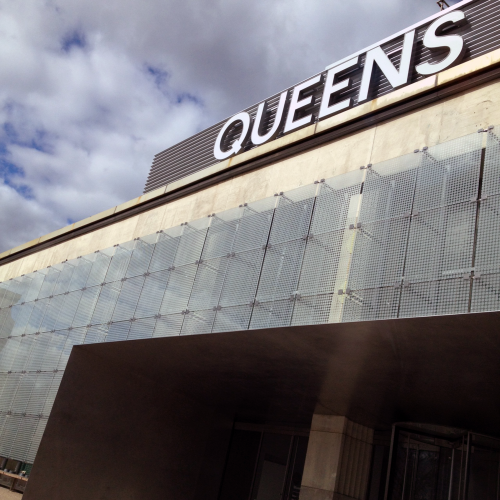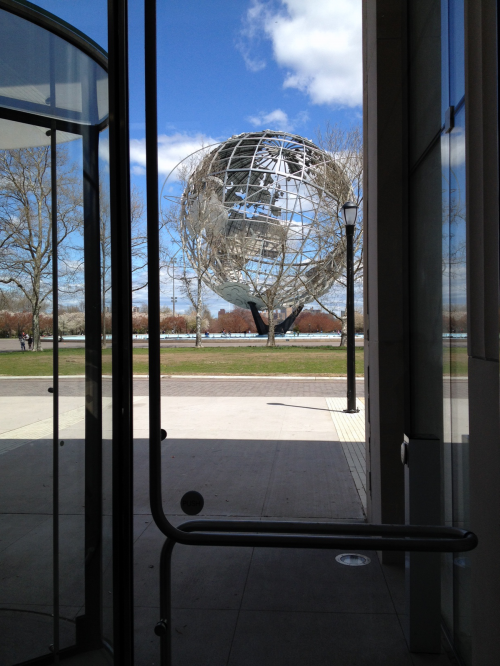The newly renovated Queens museum offers up the legacy of two worlds fairs, in 1939-40 and 1964-5, that placed design and designers central. In 1939 it was Norman Bel Geddes, Henry Dreyfuss, Raymond Loewy and others. In 1964 it was Charles and Ray Eames, Eero Saarinen, and George Nelson. The Museums’ worlds fair collection is held in open storage—an excellent mode of display for design fans, best known to me through a Luce Foundation program that has set up open storage at the Met, the Smithsonian Art Museum and the Brooklyn Museum. [ nytimes 2001 archive ]
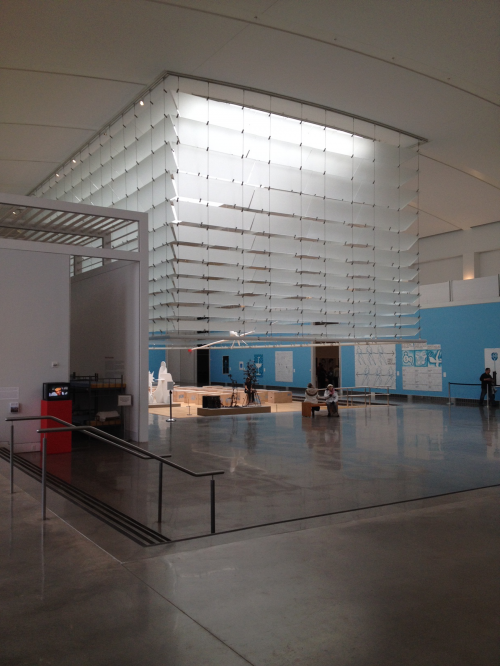
The [ Queens Museum ] has received many visitors this week, the fiftieth anniversary of the opening of the 1964 fair. Another legacy of the fair in the museum is the great Panorama of the City of New York: a huge scale model of the city, exact to every building. The museum has been renovated. In 1939, it served as the New York state pavilion. The work of the U.S. branch of Grimshaw, the new design adds a glass façade to the original Doric fluting unrolled to become ornamental. The architects have opened the building with glass and brought in the park beyond. The central space features an elaborate light reflector system.
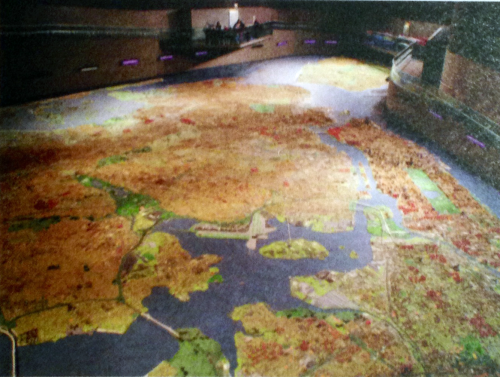
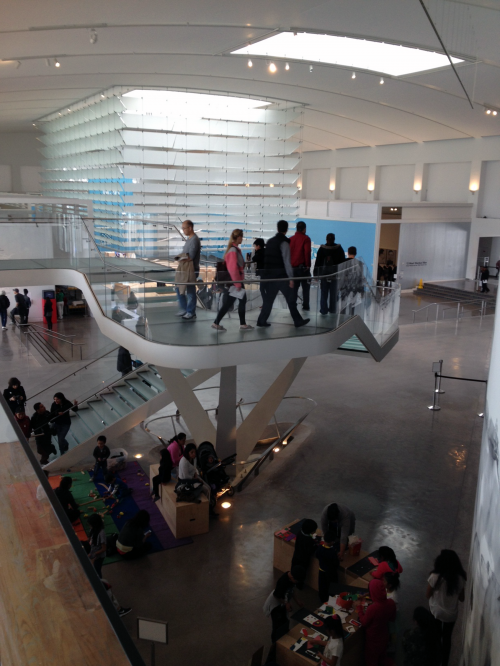
Inside, the design includes small, thoughtful details. Tiny windows at child height offer secret views into the New York City Panorama. A play area with toys is set up by the stairs for harried parents dealing with multiple ages and multiple distractions of their children. The base of the stairs—a big of a structural show-off–echoes the base of the Unisphere, the giant globe theme structure of the fair, seen through glass wall.
